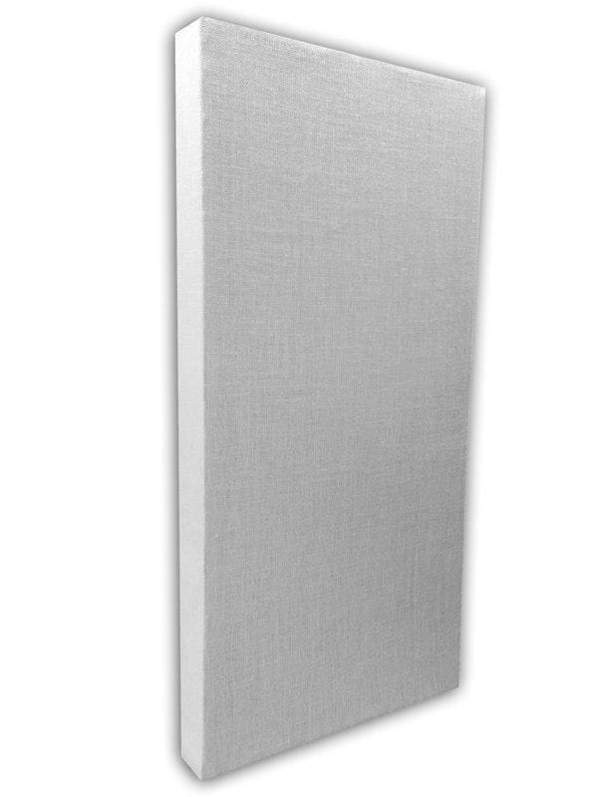First part: https://www.audiosciencereview.com/...-measurement-is-my-lsr310s-sub-toasted.39892/
Hello,
this took a while but I've moved some furniture around, bought new desk, played a bit with various knobs, EQed back and forth and it looks like I've finally tamed my subwoofer. Now it all sounds all-right in sub-bass department, but the rest appears 'slightly' combed:

Psycho-acoustic looks kinda nice tho:

But spectrogram shows the truth:

Now it's time for some treatment. I've found some cheap foam panels claiming to be meant for audio. Only 4 cm thick tho. Planning to put them as drawn below. Is it all right?

Also, I don't think those can help with 100-1k range much. Any tips on that? And not only that, actually ANY tips will be greatly appreciated.
BTW, I've attached the measurement file if anyone wants to play with it.
Hello,
this took a while but I've moved some furniture around, bought new desk, played a bit with various knobs, EQed back and forth and it looks like I've finally tamed my subwoofer. Now it all sounds all-right in sub-bass department, but the rest appears 'slightly' combed:
Psycho-acoustic looks kinda nice tho:
But spectrogram shows the truth:
Now it's time for some treatment. I've found some cheap foam panels claiming to be meant for audio. Only 4 cm thick tho. Planning to put them as drawn below. Is it all right?
Also, I don't think those can help with 100-1k range much. Any tips on that? And not only that, actually ANY tips will be greatly appreciated.
BTW, I've attached the measurement file if anyone wants to play with it.

